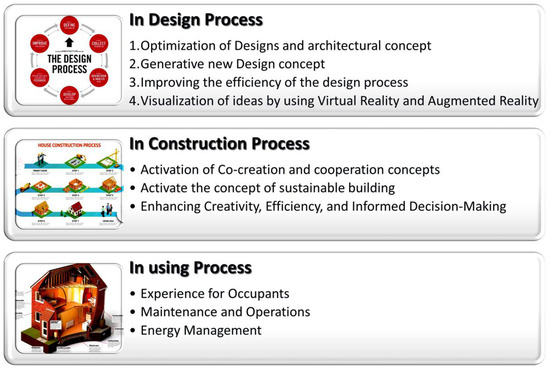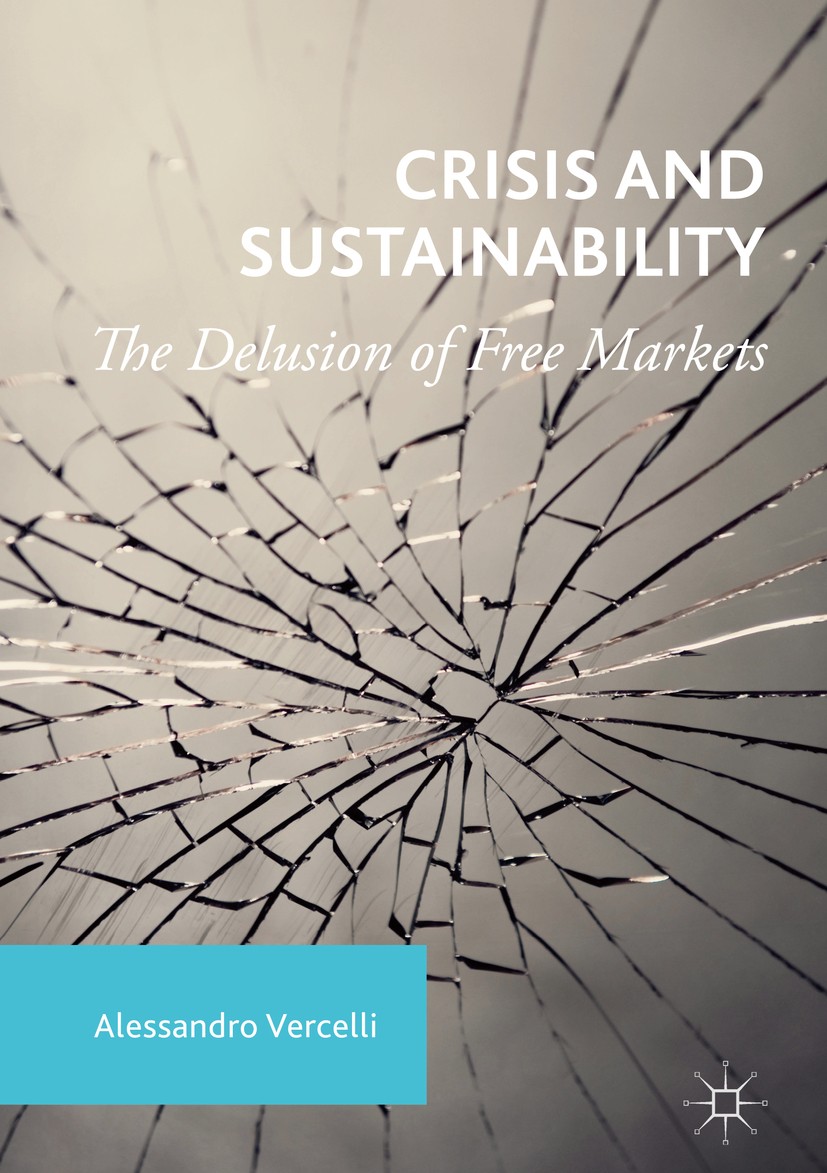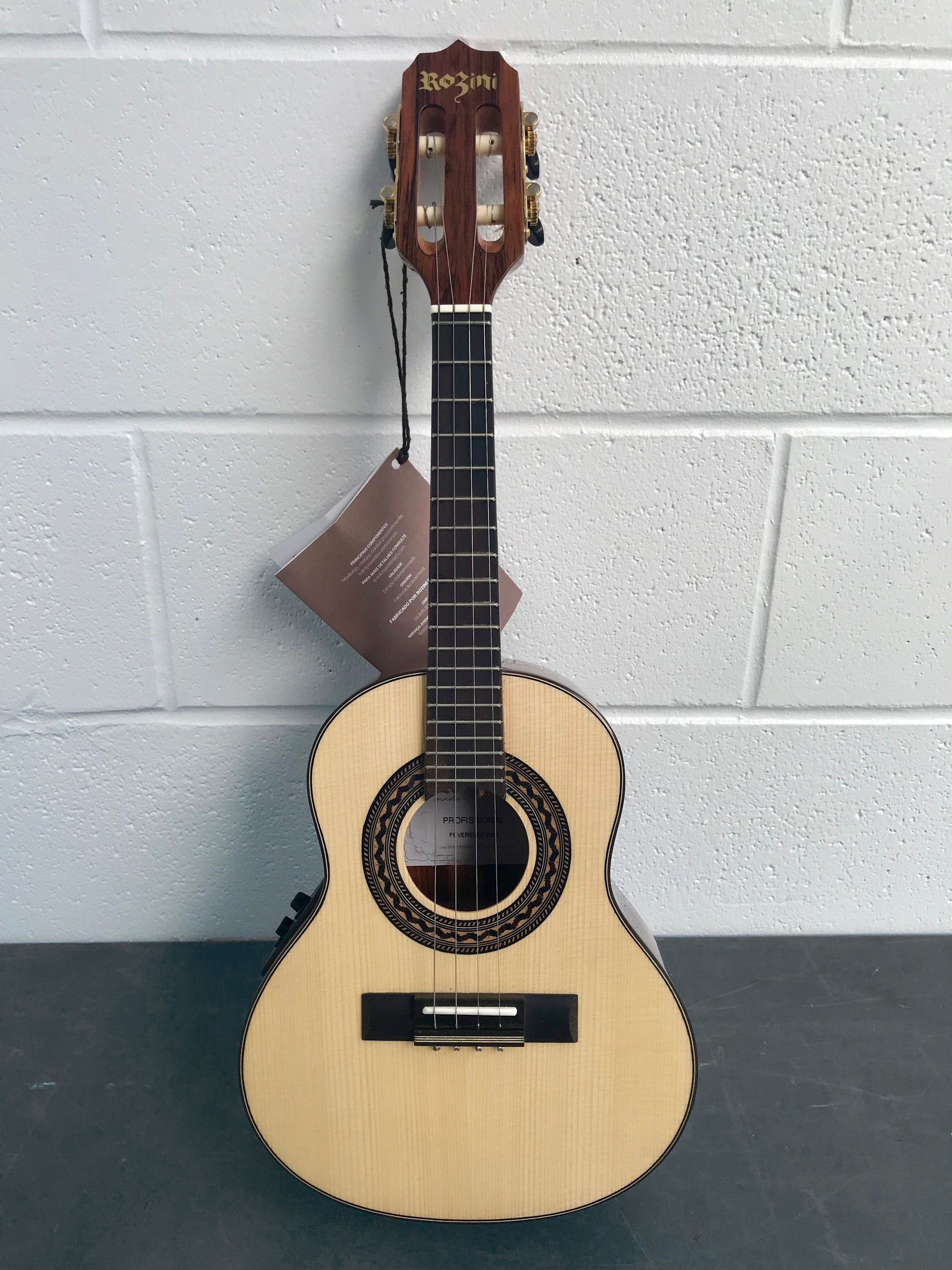Sustainability, Free Full-Text
Por um escritor misterioso
Last updated 22 dezembro 2024

The bioeconomy has gained traction among the broader discourses on sustainable development, ecological transition, and the circular economy. Governments in the Global North and international institutions maintain that the bioeconomy can gradually replace fossil-based raw materials and nonrenewable resources with biomass and biological renewables. The Global South has increasingly adopted the approach, but with important variations across mega-biodiverse regions. In these regions, the bioeconomy must encourage economic activities that preserve biodiversity and strengthen local communities, promoting their well-being and cultural diversity. This paper argues that conventional research methods and indicators are not fit for this purpose. We therefore propose an alternative method and indicators and present an initial validation of the approach with an application to the pirarucu (Arapaima gigas) value chain in the Brazilian . By applying a bottom-up approach to evaluation that considers the perspective of the individuals and communities involved, the proposed methodology captures relevant dimensions of the value chain—including trade-offs—while identifying bottlenecks and the role of institutions. It also allows for verification of the achievement of the objectives of the socio-biodiversity bioeconomy in this model. The application to the case study finds that the managed pirarucu fisheries are a viable value chain associated with improved fish stocks and lower than average forest loss. Socio-economic benefits include the generation of reasonable income and greater participation by women. Income remains a complement to other sources of livelihood, however, and attractiveness to local communities is an issue. Positive outcomes are owed largely to local knowledge, collective action, and the role played by meta-organizations, while negative ones such as overfishing have resulted from institutional failures. Conventional analysis would likely not have considered these factors and missed these policy lessons. This corroborates the view that alternative methods and indicators are needed for the socio-biodiversity bioeconomy. While the application to the case study suggests the method and the indicators are conceptually suitable, we identify a number of shortcomings regarding the identification of interventions, attribution, and monitoring of the sustainability of the model.

Journal of Sustainable Agriculture and Environment - Wiley Online Library

Impact of the COVID-19 pandemic on clean fuel programmes in India and ensuring sustainability for household energy needs - ScienceDirect

openLCA is a free, professional Life Cycle Assessment (LCA) and footprint software with a broad range of features and many available databases, created by GreenDelta since 2006

Home sustainable-stories

Model Comp Card Template Free Unique Sustainability Free Full Text Enhancing Role Of Guiding

Sustainability, Free Full-Text

Research Into Corruption 5.0.1 - Colaboratory

PDF] Sustainability by Maurie J. Cohen eBook

Crisis and Sustainability

Sustainability, Free Full-Text

Sustainability Word Cloud Concept. Vector Illustration Royalty Free SVG, Cliparts, Vectors, and Stock Illustration. Image 35845895.

Future Trends in Sustainable Resorts: A Global Perspective, by Scott Podvin
:max_bytes(150000):strip_icc()/ESG-final-fc9c8799d2d34234a895cbab621c21ad.png)
What Is Environmental, Social, and Governance (ESG) Investing?

Sustainability, Free Full-Text, Computer-Based Concept Mapping as a Method for Enhancing the Effectiven…
Recomendado para você
-
 City for Winners Jaguariúna 2023 by cityforwinners - Issuu22 dezembro 2024
City for Winners Jaguariúna 2023 by cityforwinners - Issuu22 dezembro 2024 -
 internet explorer, Press F to Pay Respects22 dezembro 2024
internet explorer, Press F to Pay Respects22 dezembro 2024 -
 COMO SURGIU A EXPRESSÃO PRESS F TO PAY RESPECT (CALL OF DUTY22 dezembro 2024
COMO SURGIU A EXPRESSÃO PRESS F TO PAY RESPECT (CALL OF DUTY22 dezembro 2024 -
 Pay Re$pect Clothing Brand22 dezembro 2024
Pay Re$pect Clothing Brand22 dezembro 2024 -
 Cavaco Rozini Professional Dark Electric (Profissional) – TuCuatro22 dezembro 2024
Cavaco Rozini Professional Dark Electric (Profissional) – TuCuatro22 dezembro 2024 -
 Press F to pay respect Memes de anime, Anime icons, Meme desenhando22 dezembro 2024
Press F to pay respect Memes de anime, Anime icons, Meme desenhando22 dezembro 2024 -
 Fios da Trama - Vol. 122 dezembro 2024
Fios da Trama - Vol. 122 dezembro 2024 -
 Sold at Auction: Casa Ferreirinha, Reserva Especial 1986, 1 gfa.22 dezembro 2024
Sold at Auction: Casa Ferreirinha, Reserva Especial 1986, 1 gfa.22 dezembro 2024 -
 Diversity TexLibris22 dezembro 2024
Diversity TexLibris22 dezembro 2024 -
 Pay Respects Press F GIF - Pay Respects Press F Call Of Duty - Discover & Share GIFs22 dezembro 2024
Pay Respects Press F GIF - Pay Respects Press F Call Of Duty - Discover & Share GIFs22 dezembro 2024
você pode gostar
-
 Gold FREE BET Award Stamp stock vector. Illustration of gold - 13370088622 dezembro 2024
Gold FREE BET Award Stamp stock vector. Illustration of gold - 13370088622 dezembro 2024 -
 Tico e Teco Lanches e Pizzaria, ARAUCARIA22 dezembro 2024
Tico e Teco Lanches e Pizzaria, ARAUCARIA22 dezembro 2024 -
 Assistir Seijo no Maryoku wa Bannou Desu (Dublado) - Todos os22 dezembro 2024
Assistir Seijo no Maryoku wa Bannou Desu (Dublado) - Todos os22 dezembro 2024 -
 The Legend of Zelda - Link's Awakening - Review — Maxi-Geek22 dezembro 2024
The Legend of Zelda - Link's Awakening - Review — Maxi-Geek22 dezembro 2024 -
 Odd-Action5132 (u/Odd-Action5132) - Reddit22 dezembro 2024
Odd-Action5132 (u/Odd-Action5132) - Reddit22 dezembro 2024 -
 Editable Cleaning Schedule Printable Cleaning Checklist - Norway22 dezembro 2024
Editable Cleaning Schedule Printable Cleaning Checklist - Norway22 dezembro 2024 -
 Cearense desenvolve jogo de cartas para aproximar casais, VidaEArte22 dezembro 2024
Cearense desenvolve jogo de cartas para aproximar casais, VidaEArte22 dezembro 2024 -
 Monster Hunter Now December Leaks Point to New Monsters and Weapons22 dezembro 2024
Monster Hunter Now December Leaks Point to New Monsters and Weapons22 dezembro 2024 -
 Charadas de Loiras com Respostas - Geniol22 dezembro 2024
Charadas de Loiras com Respostas - Geniol22 dezembro 2024 -
 Is Bloodborne on PC on X: I found the time traveler. / X22 dezembro 2024
Is Bloodborne on PC on X: I found the time traveler. / X22 dezembro 2024